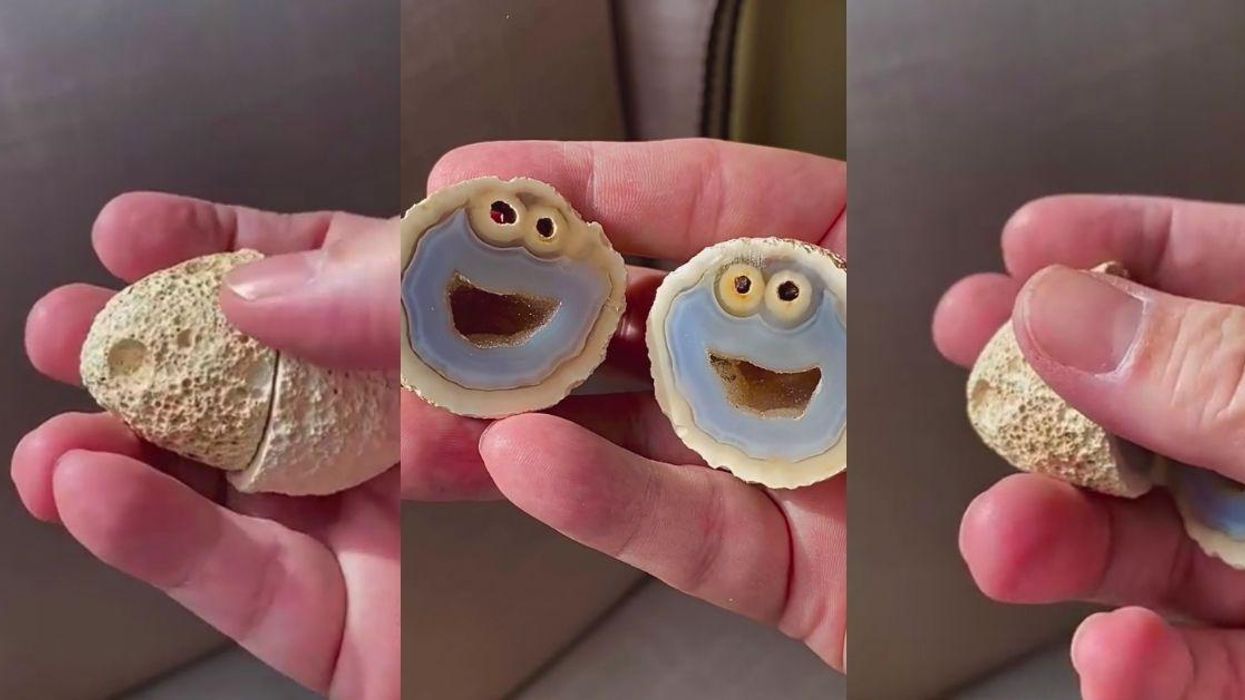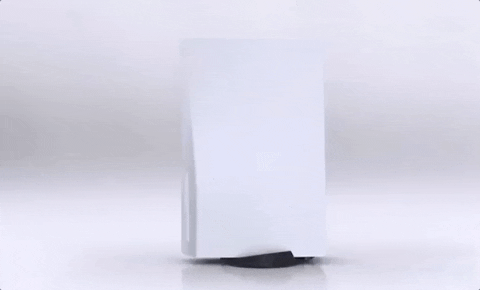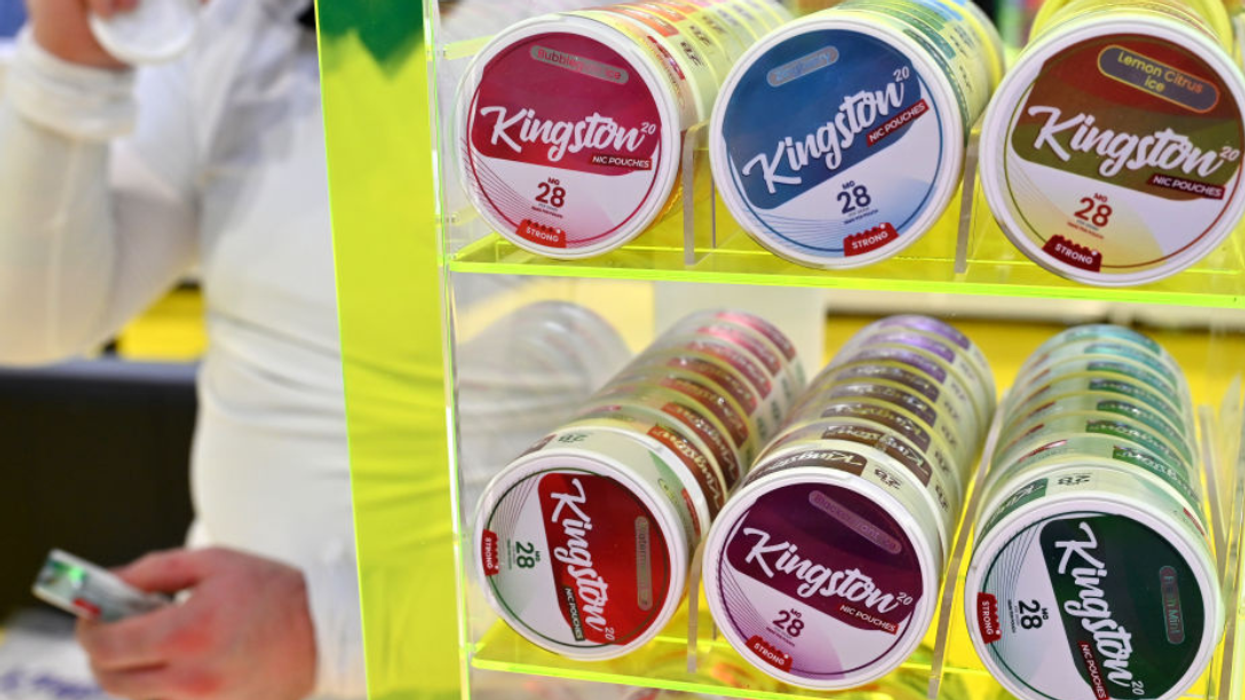A recently discovered agate geode was valued at $10,000 for its uncanny resemblance to the Cookie Monster from Sesame Street.
Kennedy News and Media said gemologist Lucas Fassari, 33, retrieved the precious agate from the Rio Grande do Sul region of Brazil in November 2020.
The agate geode's current owner—American geologist, Mike Bowers from California—made a video on January 16 that showed what at first seemed to be an ordinary rock.
But then he opened up the split halves of the geode to reveal its cross-section of blue quartz crystals, and it was instantly recognizable as the famous Muppet's mug.
The video was set to the popular ditty, "C is for Cookie," and was posted on Bowers' Facebook page, which you can see here.
Bowers told Kennedy News and Media:
"I think this is probably the most perfect Cookie Monster out there. I have seen others but here you have it complete on both sides."
Bowers continued:
"This is very unusual. There are a few famous agates out there: the owl, the scared face. There are many approximate ones but it is rare to find one so well defined like this."
The proud owner said he was approached "by five different buyers" who offered to pay over $10,000 for the whimsical agate.
Dr. Jacqueline Antonovich—a historian of medicine, gender and politics and assistant professor at Pennsylvania's Muhlenberg College—tweeted an image of Bowers' Cookie Monster rock over the weekend, writing, "My kind of news day."
Her post went viral with over 532K likes to date.
The sensational gem even nabbed the attention of the baked-good-loving Muppet.
"Cookie Monster" shared his observation:
"Me no geologist, but me think dat rock look a lot like me..."
Geodes—rocks containing a cavity lined with crystals or other mineral matter—are formed over millions of years. In volcanic rock, geodes start out as air bubbles in lava. In sedimentary rock, geodes might start out as animal burrows, mud deposits, or even tree roots. Over time, the air, mud, or tree roots create a hollow cavity within the rock, while the outer edges harden into a spherical shape. Crystals then form in the hollow opening in the same manner that stalactites and stalagmites grow in caves.
If the opening fills completely, a nodule is created. If the cavity remains partly open the rock is a geode.
Bowers has not indicated whether or not he plans to cash in on his geological find.














 Calling Pick Up GIF by Sweet Charee Gallery
Calling Pick Up GIF by Sweet Charee Gallery  Car Pictogram GIF by Zugspitz Region
Car Pictogram GIF by Zugspitz Region  Star Trek Bill GIF by Goldmaster
Star Trek Bill GIF by Goldmaster 
 Sony Ps5 GIF
Sony Ps5 GIF 

 Shipping Ups GIF by TeamLethal
Shipping Ups GIF by TeamLethal  Stand-Up Lol GIF by Muppet Wiki
Stand-Up Lol GIF by Muppet Wiki  Pointing At You Fx Networks GIF by The Bear
Pointing At You Fx Networks GIF by The Bear  Plane Airplane GIF
Plane Airplane GIF 